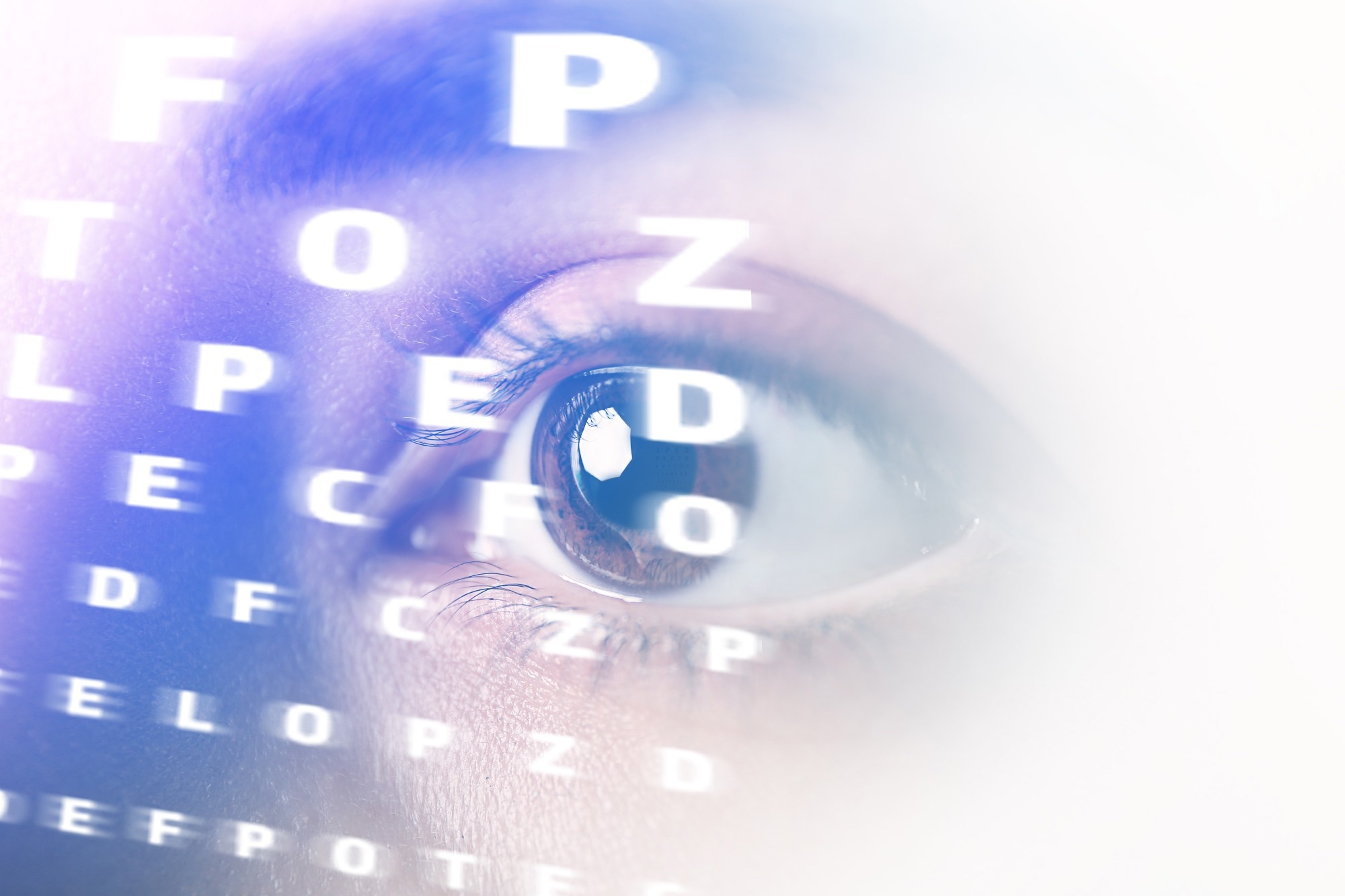In an article recently published in the journal Eye, researchers discussed the potential of artificial intelligence (AI) algorithms in glaucoma detection to reduce undetected glaucoma cases globally, specifically in Australia.
 Study: Harnessing AI in Primary Care to Advance Glaucoma Detection. Image credit: Pixel-Shot/Shutterstock
Study: Harnessing AI in Primary Care to Advance Glaucoma Detection. Image credit: Pixel-Shot/Shutterstock
Background
Glaucoma represents a major public health challenge as it is the most common cause of irreversible blindness around the world, with more than 70% of the affected individuals remaining undiagnosed. In glaucoma patients, early detection is critical to halt progressive visual impairment, as no cure is available for this condition.
However, many glaucoma cases remain undetected, specifically in primary eye care settings. In countries like the United Kingdom (UK), United States of America (USA), Canada, New Zealand, and Australia, optometrists are the primary eye care providers responsible for detecting glaucoma.
Automation with AI analysis of optic nerve images can assist optometrists in identifying high-risk changes and mitigating image interpretation challenges consistently and rapidly. However, overcoming challenges and barriers like medico-legal implications, ensuring cybersecurity, protection of privacy, high-quality implementation in real-world settings, and external validation, is necessary before deploying AI in primary healthcare settings.
In this paper, researchers reviewed the potential of AI in improving glaucoma detection rates and mitigating the difficulties faced by primary healthcare providers in the accurate detection of glaucoma, such as a lack of specialized equipment and training and diagnostic process complexity.
AI algorithms in glaucoma detection
AI addresses the variation in assessing retinal nerve fiber layer (RNFL) and optic nerve head (ONH) changes. For instance, different fundus features, like the cup-to-disc ratio,-based deep learning (DL) algorithms realized 0.53-0.996 area under the receiver operating curve (AROC) while distinguishing healthy eyes from glaucomatous eyes, with 96% to 100% sensitivity and 98% specificity.
Similarly, machine learning (ML) algorithms recently developed from 50,000 fundus photos’ interrogation attained an area under the curve of 0.986 with 92% specificity and 95.6% sensitivity to identify referable glaucomatous optic neuropathy (GON). AI-based tools also provide objective and standardized assessments, leading to more consistent and accurate diagnoses.
The thickness of RNFL is a common parameter used for glaucoma diagnosis and has become a key focus in ML using optical coherence tomography (OCT) images. For instance, ML algorithms achieved AROC values ranging from 0.69 to 0.99 while analyzing OCT imaging data from the macular ganglion cell complex and peripapillary RNFL thickness maps for detecting GON.
Recently, a DL network realized 0.94 AROC for GON detection using unsegmented ONH OCT volumes. AI algorithms can diagnose glaucoma using datasets obtained from visual field (VF) testing. For instance, DL algorithms outperformed the glaucoma experts' diagnostic accuracy while differentiating normal VFs from glaucomatous VFs with 83% specificity and 93% sensitivity using data from standard automated perimetry with Humphrey VF 24-2 and the 30-2 SITA standard VF test.
Moreover, algorithms trained using both standard automated perimetry VF results and OCT images attained 0.98 AROC for identifying individuals with glaucoma. Studies have also used multimodal structural data to improve the glaucomatous structural damage assessment from optic disc photographs for detection and segmentation.
For instance, a multimodal model recently developed using different ML algorithms, such as dense neural network (DNN), random forest (RF), and support vector machine (SVM), and the Xception model for extracting image features displayed good area under the receiver operating characteristic curve (AUROC) values for various algorithms.
Specifically, SVM had an AUROC of 99.59%, while RF and DNN had 99.56% and 99.10%, respectively, while analyzing the mean RNFL thickness and vertical cup-to-disc ratio during glaucoma detection in a population with high myopia incidence. Similarly, FusionNet, using bimodal input of OCT and VF paired data, showed superior performance compared to algorithms based on either OCT or VF.
AI in Australian primary care
AI automation can mitigate the cost and time issues of image analysis and decrease diagnostic variations compared to human clinicians. Two potential models were proposed for integrating AI into primary care settings to detect glaucoma.
In one of these potential models, AI can be incorporated into general practitioner (GP) clinics for routine health examinations to achieve rapid therapeutic intervention, while in the other model, AI can be incorporated into optometry clinics for routine comprehensive eye examinations. However, more research is required to identify the most effective AI-assisted model for glaucoma detection in primary healthcare settings. Overall, the incorporation of AI in primary care settings can reduce the prevalence of undiagnosed glaucoma cases worldwide, specifically in Australia, by improving diagnostic efficiency and accuracy.
Journal reference:
- Jan, C., He, M., Vingrys, A., Zhu, Z., Stafford, R. S. (2024). Diagnosing glaucoma in primary eye care and the role of Artificial Intelligence applications for reducing the prevalence of undetected glaucoma in Australia. Eye, 1-11. https://doi.org/10.1038/s41433-024-03026-z, https://www.nature.com/articles/s41433-024-03026-z